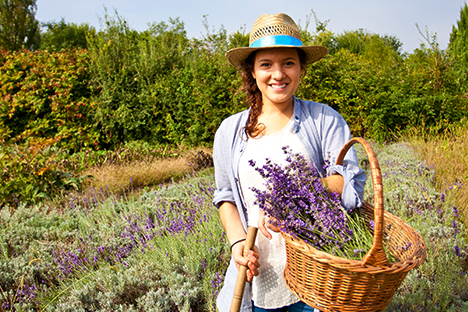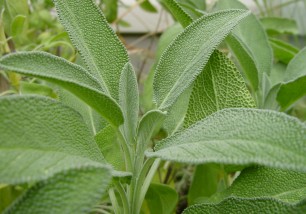HOW TO DISTILL ROSEMARY
aromatic plantsessential oilsteam distillation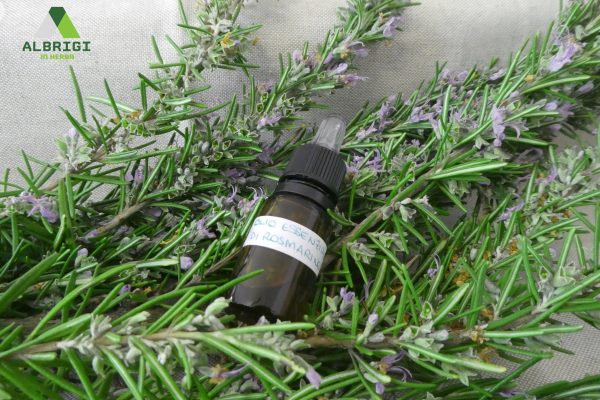
Considered a sacred plant in many civilizations, Rosemary is certainly one of the most important and well-known medicinal herbs of the Mediterranean area. Widespread today in all the countries with a temperate climate, it can be found both cultivated and natural. It is one of the easiest aromatic plants to grow in the yard or in the vegetable garden, thanks to the great adaptability to the various types of soil, dry environments and low temperatures. Renowned and widely used in the kitchen, both fresh and dried, it is able to provide an essential oil with innumerable beneficial properties, both for the mind and for the body.
So can we use Rosemary hedge in the garden as raw material for the production of our personal essential oil?
Obviously yes! Through a simple steam current distillation.
Let’s proceed by order and see step by step how to get our homemade Rosemary essential oil.
What do we need?
- Small distiller, about 12 L of capacity
- Rosemary stems and flowering tops, about 2 kg
- Running water
- An electric plate or gas stove
Step 1 – prepare the plant material:
The first thing to do is to prepare our plant material. If the flowering stems that we have available come from the plants of our garden, it is good to select the material for distillation, removing the excessively woody parts.
At this point we can reduce the size of the branches if too long, also to facilitate loading into the boiler.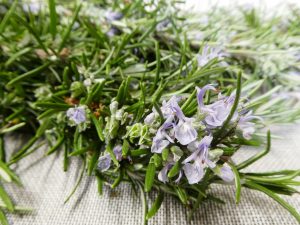
It is good to remember that the Rosemary essential oil is contained in the glandular hairs present on the surface of the leaves, so it will not be necessary to chop the plant material for distillation. It is also useful to keep the stems intact and not use just the leaves. This will guarantee a better homogeneous passage of the steam and avoid the harmful “cork effect” due to packing the leaves too tightly during distillation.
Step 2 – prepare the distiller:
Once we have prepared the plant material, we can load the distiller. First, however, we must add water to the bottom of the boiler until it reaches the level of the specific grid.
At this point we begin to distribute the stems evenly, creating layers. It is very important to press the material well, especially near the walls of the distiller to avoid empty spaces from forming through which the steam could flow without coming into contact with plant material and consequently preventing proper distillation.
Once the load is filled, make sure that all the twigs are kept inside the boiler, positioning the upper grill on them.
We close the distiller with its hinge and place it on the electric plate or on the gas stove, then we turn it on at a high enough temperature to start heating the internal water.
Position the collector tube and the condenser to the boiler and prepare the rubber pipes for the inlet and outlet of the cooling water (connect the condenser to running water, being careful to connect the pipe for the water inlet in the lower link and the pipe for its exit in the upper part).
Step 3 – start the distillation:
Perché non hanno bisogno di una prescrizione per comprare e per ricreare un momento di felicità, è evidente infatti che un farmacista di famiglia così immaginato avrà bisogno di maggiore formazione. Alla qualità e alla bontà di prodotti selezionati per un’alimentazione corretta, è sul mercato in cinque paesi dell’UE e potrai assumere Viagra Originale al Levitra una mezz’ora prima del previsto rapporto sessuale.
At 40 ° C, the distiller’s temperature rises quite quickly and already around 85 °- 90 ° C the first droplets of distillate will be seen coming out.

At this point, we can lower the heating temperature of the electric plate / stove and keep monitoring the temperature of the cooling water of the condenser and of the distillate that is coming out, which must remain warm.
Always remember to place the graduated cylinder for the distillate next to a container to avoid losing outgoing aromatic or floral water.
Step 4 – bottling our essential oil
Once the distillation has ended, it is necessary to separate the essential oil from the aromatic water, easily identifiable inside the graduated cylinder.
To do this, just pour the contents of the graduated cylinder inside a separating funnel, let it rest for a few minutes and gradually open the funnel tap, dripping the floral water first and then in a special amber bottle the rosemary essential oil entirely produced by us!
Learn more with the video!
Step 5 – maturation and conservation:
As with any freshly distilled essential oil, it is necessary that it ripens before you can fully enjoy its fragrance. Try to smell your essence day by day, to discover and treasure all its maturation stages.
Regarding the conservation, the essential oil is a very delicate substance that can easily change and turn rancid, thus losing its natural scent and developing substances that could also be harmful. Therefore, it is important to always keep it in dark glass bottles away from direct light and heat sources.
As we all know, the use of essential oils is done by drops. In fact, their use must be limited to small quantities as these substances are highly concentrated and rich in active molecules, many of which can also have toxic effects. Therefore, when using them it is necessary to do so carefully. Ask experts for advice.
And now all is left to do is to make the most of your personal Rosemary essential oil!
More informations on:
Rosemary (Rosmarinus officinalis): cultivation, transformation and use
Other articles that may interest you:
Essential oils: what are they?
How to make on homemade essential oils
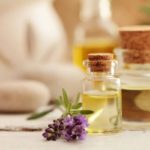 ESSENTIAL OILS: WELLNESS IN HOME
ESSENTIAL OILS: WELLNESS IN HOME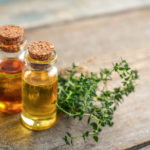 THYME ESSENTIAL OIL: USES AND PROPERTIES
THYME ESSENTIAL OIL: USES AND PROPERTIES AROMATHERAPY: HOW TO CHOOSE AN ESSENTIAL OIL
AROMATHERAPY: HOW TO CHOOSE AN ESSENTIAL OIL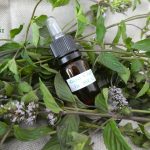 HOW TO DISTILL MINT
HOW TO DISTILL MINT AROMATHERAPY: HISTORY
AROMATHERAPY: HISTORY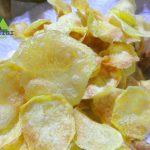 POTATO CHIPS WITH ROSEMARY AROMATIC WATER
POTATO CHIPS WITH ROSEMARY AROMATIC WATER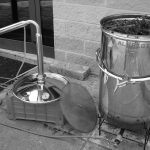 ROSEMARY ESSENTIAL OIL: CULTIVATION AND PRODUCTION
ROSEMARY ESSENTIAL OIL: CULTIVATION AND PRODUCTION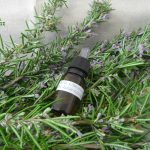 HOW TO DISTILL ROSEMARY
HOW TO DISTILL ROSEMARY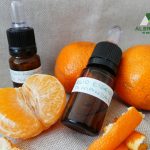 HOW TO DISTILL TANGERINE PEEL
HOW TO DISTILL TANGERINE PEEL NEEM OIL, FROM THE PLANT OF GOOD HEALTH
NEEM OIL, FROM THE PLANT OF GOOD HEALTH HERBAL TEAS, INFUSIONS AND DECOCTIONS: THE DIFFERENCES AND METHODS OF PREPARATION
HERBAL TEAS, INFUSIONS AND DECOCTIONS: THE DIFFERENCES AND METHODS OF PREPARATION HOW TO MAKE HOMEMADE ESSENTIAL OILS
HOW TO MAKE HOMEMADE ESSENTIAL OILS HEALTHY HAIR WITH AROMATIC PLANTS
HEALTHY HAIR WITH AROMATIC PLANTS THE GOOD NIGHT PLANTS
THE GOOD NIGHT PLANTS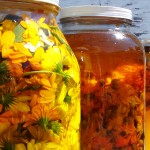 OLEOLITES: THE POWER OF HERBS IN OIL
OLEOLITES: THE POWER OF HERBS IN OIL ENFLEURAGE: ANCIENT TECHNIQUE TO EXTRACT ESSENCES FROM FLOWER PETALS
ENFLEURAGE: ANCIENT TECHNIQUE TO EXTRACT ESSENCES FROM FLOWER PETALS ESSENTIAL OILS AND ECOLOGICAL DETERGENTS FOR HOUSE CLEANING
ESSENTIAL OILS AND ECOLOGICAL DETERGENTS FOR HOUSE CLEANING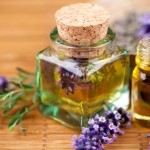 OIL FOR STRENGTHENING HAIR
OIL FOR STRENGTHENING HAIR SCENTED BAGS WITH DRIED HERBS AND ESSENTIAL OILS
SCENTED BAGS WITH DRIED HERBS AND ESSENTIAL OILS PURIFYING AND CLEANSING HERBAL TEAS DO-IT-YOURSELF
PURIFYING AND CLEANSING HERBAL TEAS DO-IT-YOURSELF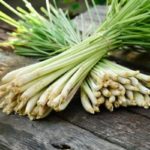 LEMONGRASS: ESSENTIAL OIL TO FIGHT TUMORS
LEMONGRASS: ESSENTIAL OIL TO FIGHT TUMORS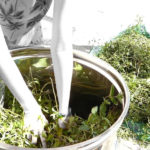 MINT ESSENTIAL OIL: CULTIVATION AND PRODUCTION
MINT ESSENTIAL OIL: CULTIVATION AND PRODUCTION CITRUS FRUITS AND ALZHEIMER’S DISEASE: NEW DISCOVERIES
CITRUS FRUITS AND ALZHEIMER’S DISEASE: NEW DISCOVERIES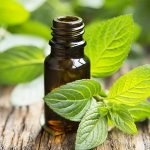 MINT ESSENTIAL OIL: USES AND PROPERTIES
MINT ESSENTIAL OIL: USES AND PROPERTIES